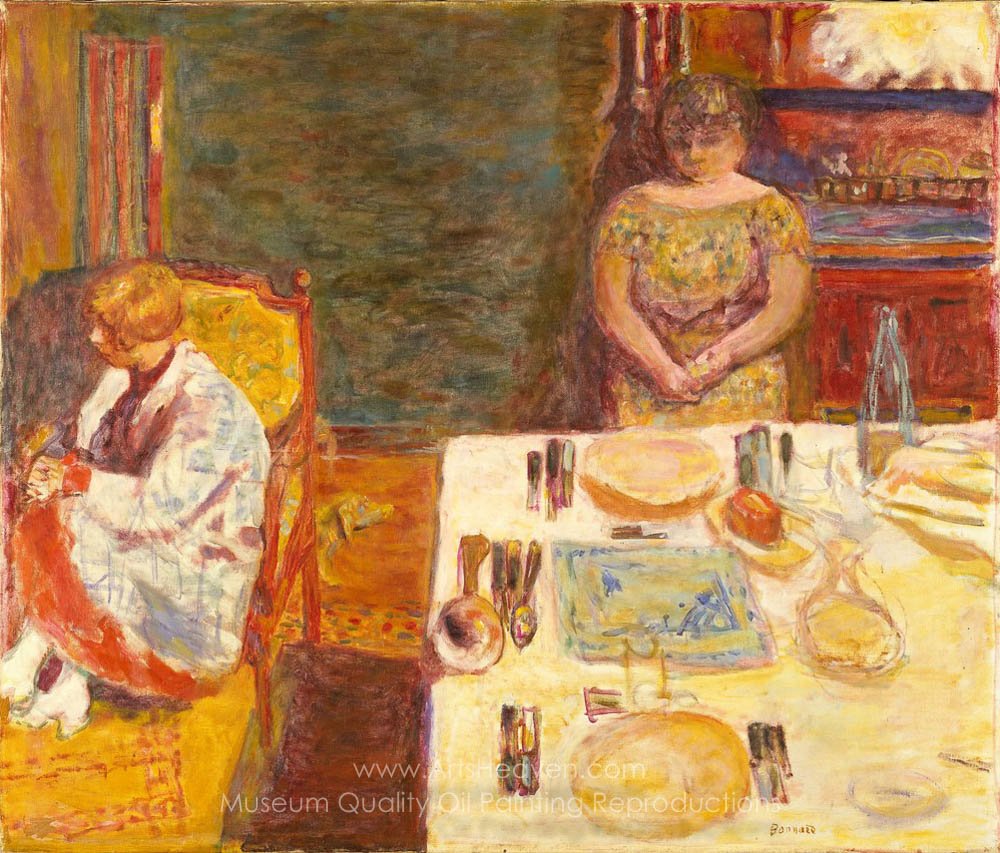I do not like thee, Dr. Fell,
The reason why, I cannot tell;
But this I know, and know full well,
I do not like thee, Dr. Fell.
—Nursery Rhyme c. 1860
//
We are enjoined to love one another. Thankfully, we are not commanded to like each other. Loving and liking are quite different orders of response. One abides; the other shifts about, subject to the weather of our lives and changing as we change.

It is only romance that is blind; love, not all. It is clear-eyed; it has tooth. Love does not blush to admit that among those we are called to love are a thumping number of unlikeables. But we are called to love our neighbor according to his needs, not our own. To the extent that we can, we seek his good. We ready ourselves to override our druthers on his behalf. We greet him and wish him well, the old goat. No ill should befall him on our account.
We lend a hand, offer kindnesses when needed, do what neighborliness demands.
These are acts of will and courtesy, behaviors that create and sustain a community. If the concept of Christian love is not to dissolve—soggy, Oprahfied—into a sentimental ideology, we need reminders that our affections are as free as our imaginations. One of my favorites is “Commandments,” a late poem by D.H. Lawrence:
When Jesus commanded us to love our neighbour he forced us either to live a great lie, or to disobey; for we can’t love anybody, neighbour or no neighbour, to order, and faked love has rotted our marrow.
Then there is my most cherished memorandum, the final lines of Ogden Nash’s “A Plea for Less Malice Toward None.” I keep it scotch-taped to a closet door where I can never miss it. After all, there are things worth hating:
. . . love is a drug on the mart.
Any kiddie in school can love like a fool,
But hating, my boy, is an art.
Theology geeks—you know who you are—can speculate over whether hell is filled or empty. The rest of us, if we are honest, keep a short list of names we think have earned a hot seat in Gehenna. For certain, charity forbids us from consigning any of our fellow creatures to the pit. But should we learn, by some mystic chance, that our chosen names are really and truly there . . . well, what to do but shrug?
Granted, it will never come to this for any reader of First Things. But, surely, you know the feeling:
Simply to close on a high art note, there is this by Pierre Bonnard:

We think of Bonnard as a celebrant supreme of domestic tranquility. This surprisingly tart image of familial alienation—passing or chronic?—is rarely reproduced. Neither is it a favorite for exhibition. Seen in the flesh, the paint dances as joyfully as all else in his work.
As an object, it is radiant. The interpersonal tension implicit in the postures of the women contradicts the smiling aspects of Bonnard’s work that carries his popularity. The women are family; they live together. Doubtless, there is love of some degree between them. But at this particular moment, disaffection reigns. The seated woman turns her back to the other who waits for her to come to table. Let her wait. Love, too, can wait its turn. The moment will pass.



